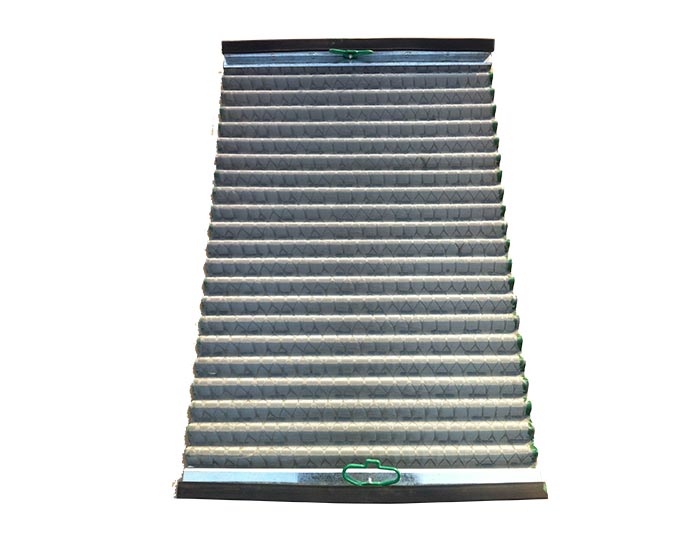The Butterfly On/Off Valve A Comprehensive Overview
The butterfly on/off valve is a critical component in fluid control systems, widely utilized across various industries. Its name derives from the unique design of the valve which resembles a butterfly. This article aims to delve into the mechanism, advantages, applications, and maintenance of this essential valve.
Understanding the Design
The butterfly valve consists of a circular disc or plate that rotates around a central axis. When the valve is closed, the disc blocks the flow of fluid, effectively sealing the passage. Conversely, when the valve is opened, the disc rotates to a horizontal position, allowing fluid to flow freely through the valve. The simplicity of this design contributes to its widespread use in on/off operations as it can be quickly opened or closed with minimal movement.
Mechanism of Operation
The butterfly valve operates on the principle of fluid dynamics and costs efficiency. The disc is mounted on a shaft, and its position is controlled either manually or by an actuator. Manual control often involves a lever mechanism, while automated systems may employ electric or pneumatic actuators to ensure swift operation. The valve’s rotational design allows for quick response times, making it ideal for applications that require immediate flow control.
Advantages of Butterfly Valves
1. Space Efficiency One of the standout features of butterfly valves is their compact design. Unlike gate or globe valves, they require much less space and can be installed in confined areas.
2. Weight Savings Butterfly valves are generally lighter than other types of valves, which reduces the overall weight of the piping system and simplifies installation.
3. Cost-Effectiveness Due to their straightforward mechanism, butterfly valves tend to be more economical both in terms of initial purchase price and maintenance costs.
butterfly on off valve
4. Versatile Applications These valves can handle various types of fluids, including liquids and gases, making them suitable for a wide range of industries, including water treatment, oil and gas, and chemical processing.
5. Sealing Capability Modern butterfly valves can achieve excellent sealing performance, crucial for maintaining system integrity and preventing leaks.
Applications in Industry
Butterfly on/off valves are used in numerous applications due to their versatility
- Water Treatment Plants They are commonly employed to control the flow of treated and untreated water in pipelines.
- HVAC Systems In heating and cooling systems, these valves regulate the flow of air and water, ensuring optimal performance.
- Chemical Processing Their ability to handle aggressive fluids makes them ideal for chemical and pharmaceutical applications.
- Food and Beverage In food processing, hygiene and reliability are paramount, and butterfly valves fulfill these criteria effectively.
Maintenance Considerations
While butterfly valves are generally low-maintenance, regular inspection and care are essential to prolong their lifespan. Key maintenance tasks include
- Visual Inspections Regular checks for signs of wear, corrosion, or damage to the valve body and disc.
- Sealing Checks Ensuring that seals are intact and functioning properly to prevent leaks.
- Lubrication For valves with moving parts, appropriate lubrication can enhance performance and reduce wear.
Conclusion
The butterfly on/off valve is an essential component in modern fluid control systems, offering simplicity, efficiency, and versatility across various applications. Its design not only conserves space but also provides significant cost savings, making it a preferred choice in many industrial sectors. By understanding its mechanism and ensuring proper maintenance, industries can optimize their operations and maintain a reliable flow control system for years to come. As technologies advance, butterfly valves will likely continue to evolve, providing even greater efficiency and reliability in fluid management.
 Linear Motion Shale Shaker In Drilling Rig
Linear Motion Shale Shaker In Drilling Rig  Oilfield Mud Cleaner
Oilfield Mud Cleaner  Drilling Fluid Decanter Centrifuge
Drilling Fluid Decanter Centrifuge  Drilling Mud Desander
Drilling Mud Desander  Hydrocyclone Desilter
Hydrocyclone Desilter  Centrifugal Pump/Centrifugal Mud Pump
Centrifugal Pump/Centrifugal Mud Pump  Shear Pump
Shear Pump  Jet Mud Mixer
Jet Mud Mixer  Horizontal Mud Agitator
Horizontal Mud Agitator  Constant Pressure Drilling Fluid Mud Gas Separator
Constant Pressure Drilling Fluid Mud Gas Separator  Mud Gun
Mud Gun  Mud Tank
Mud Tank  Solids Control System Vacuum Degasser
Solids Control System Vacuum Degasser  Flare Ignition Device
Flare Ignition Device  Diesel Tank
Diesel Tank  Submersible Slurry Pump
Submersible Slurry Pump 






































